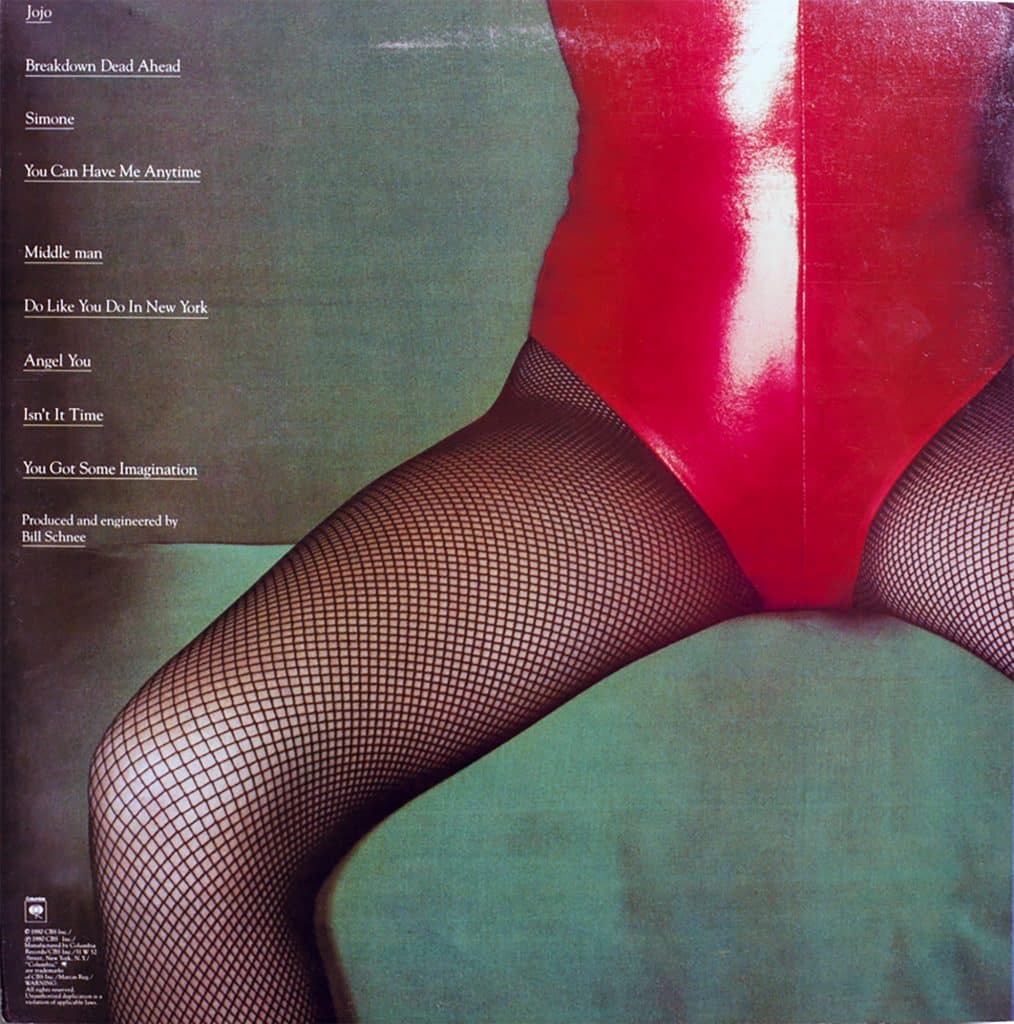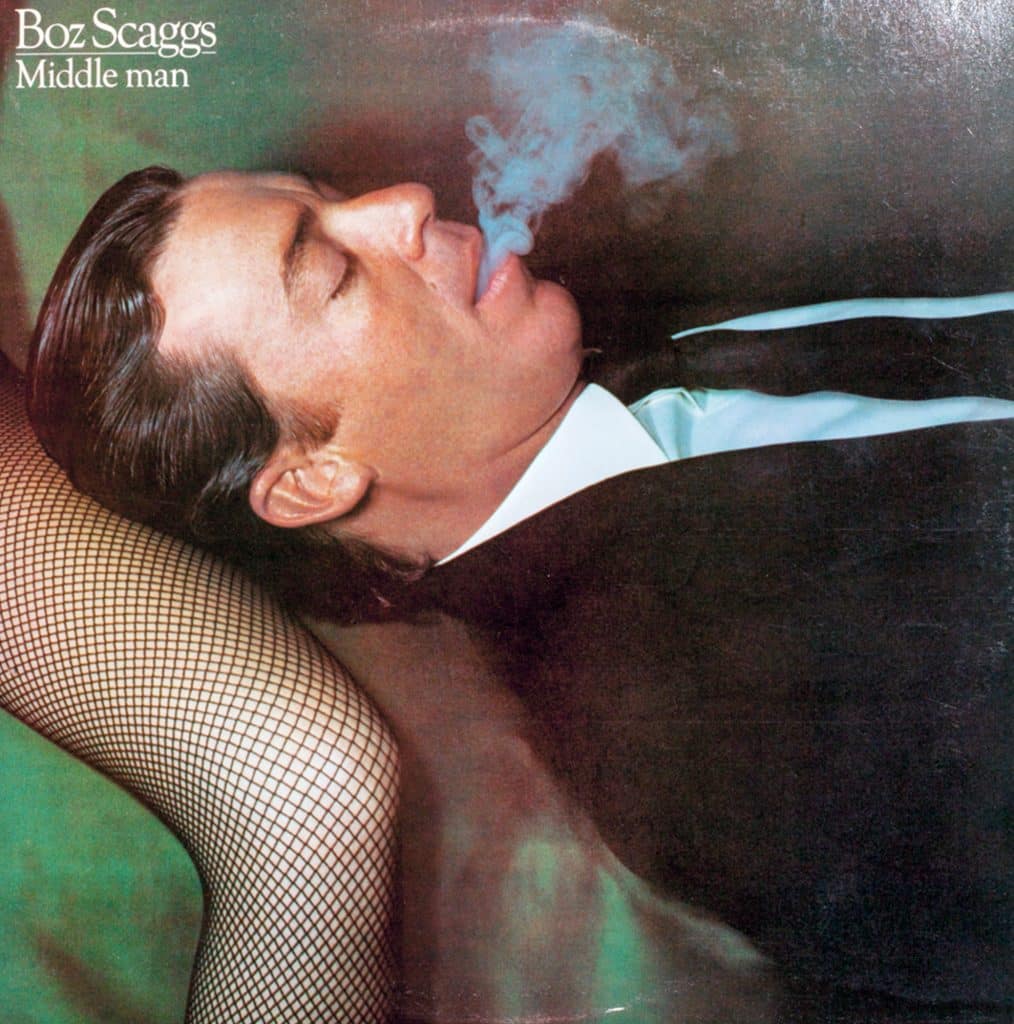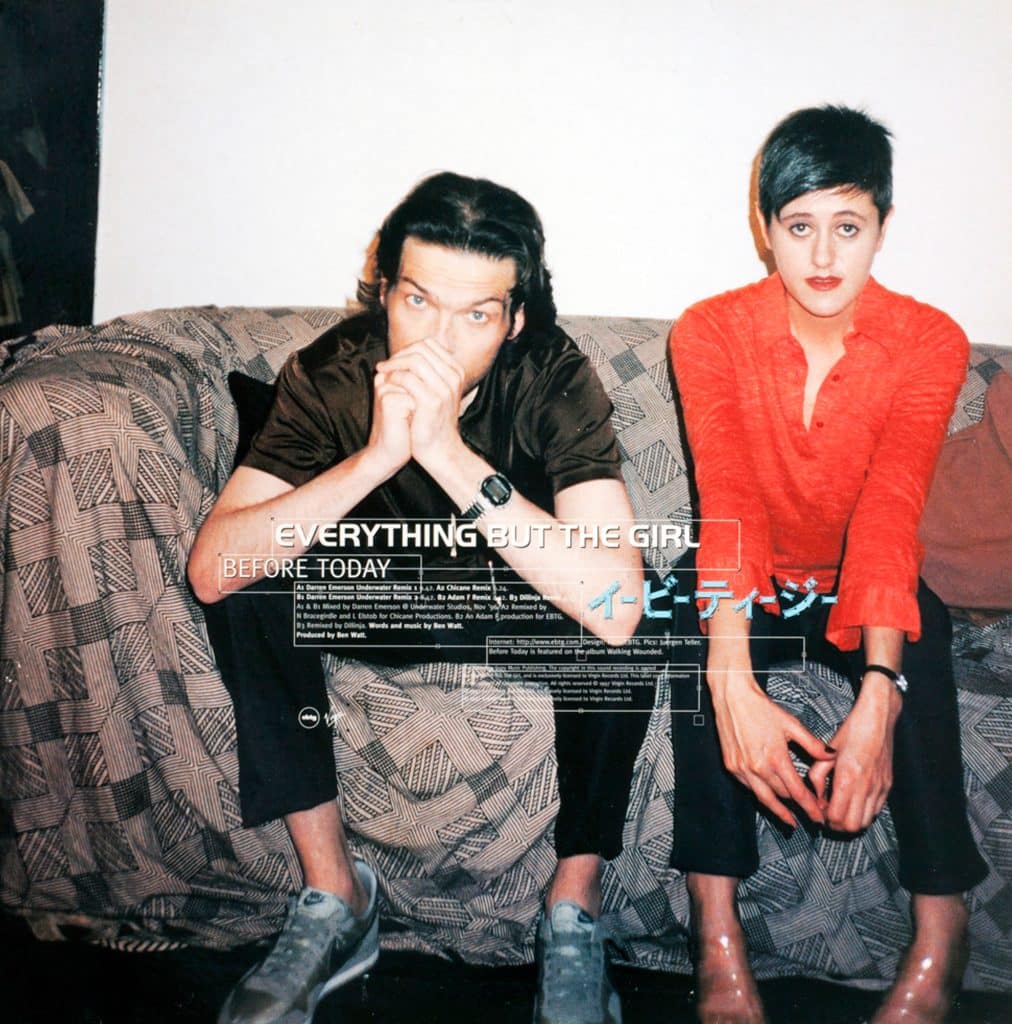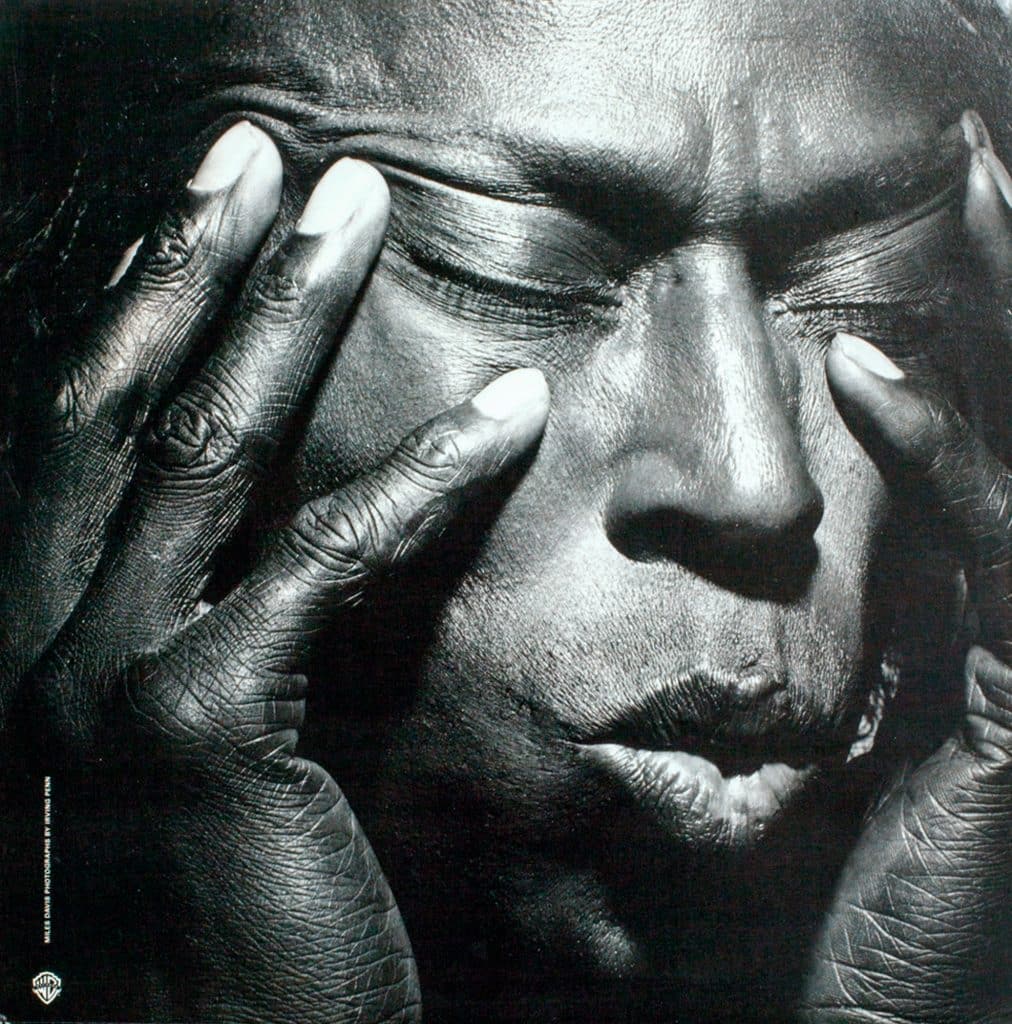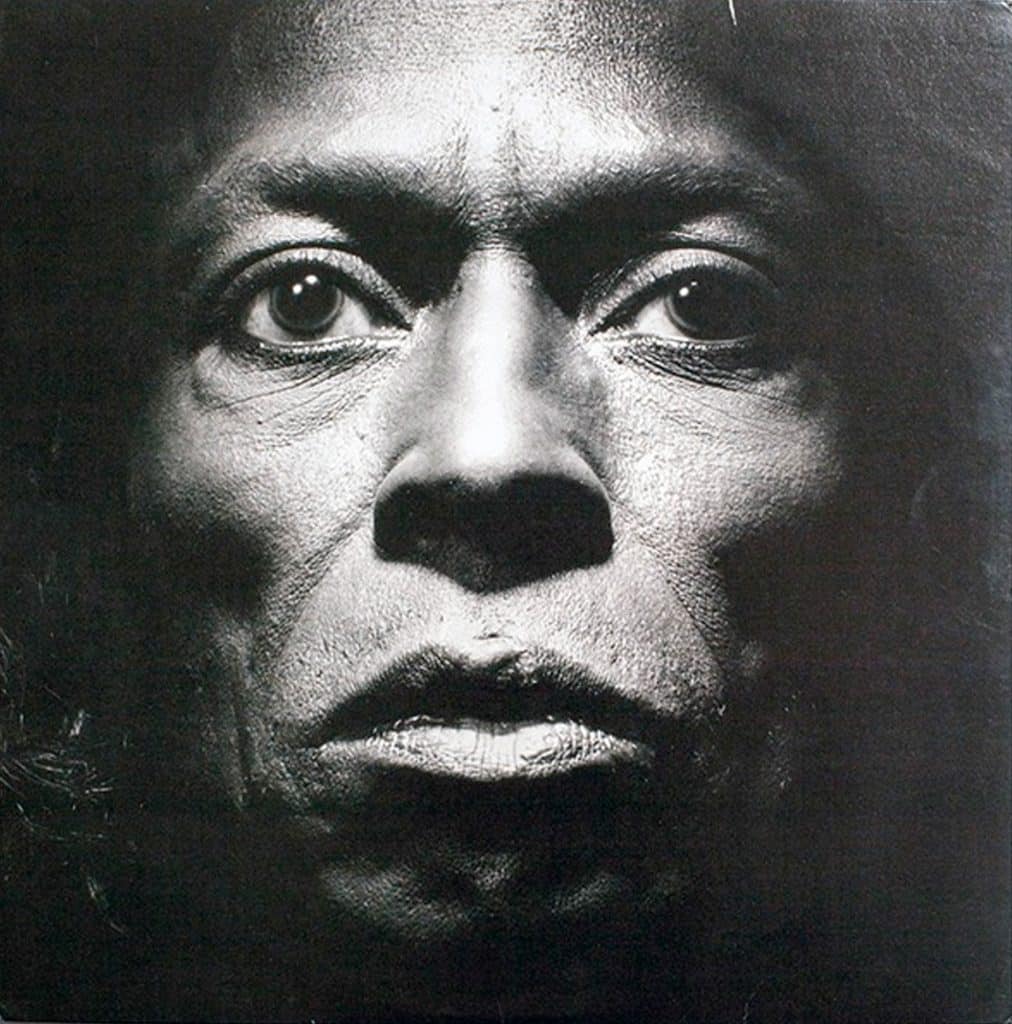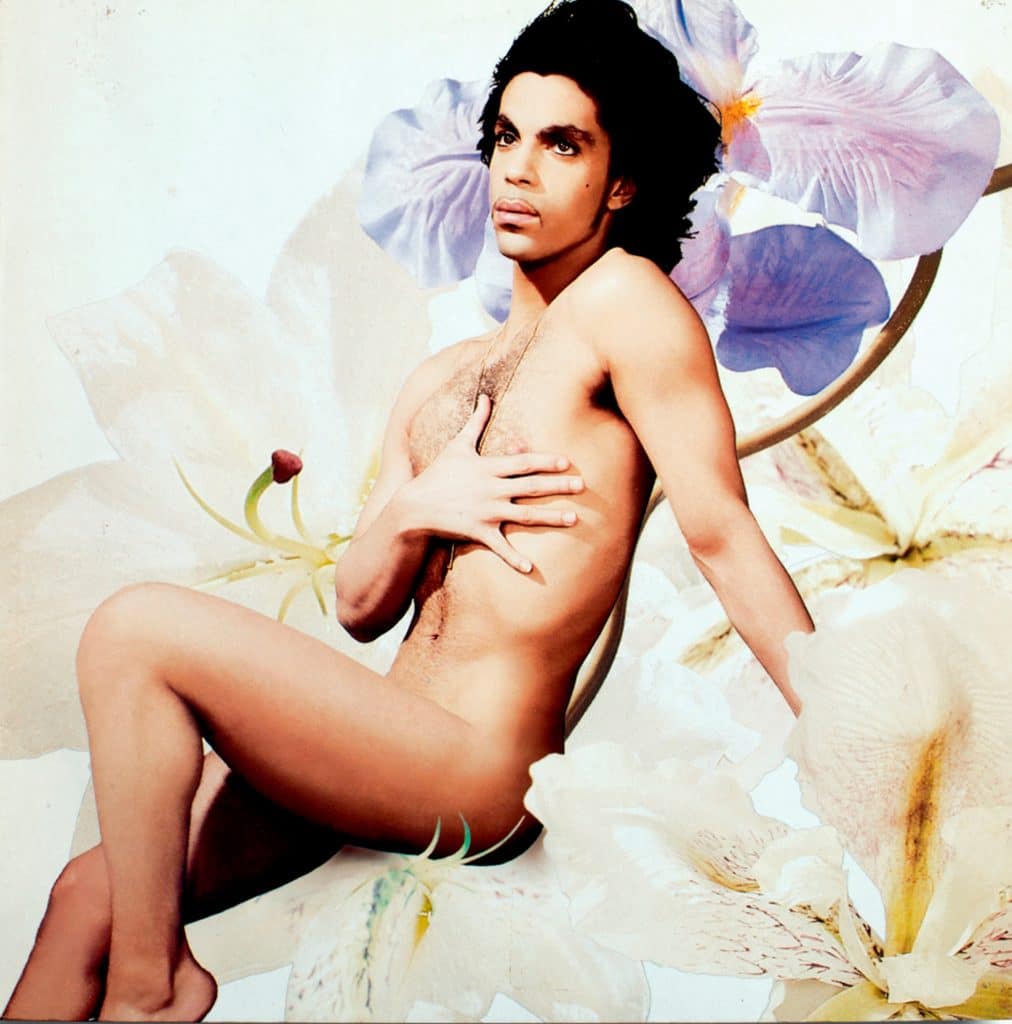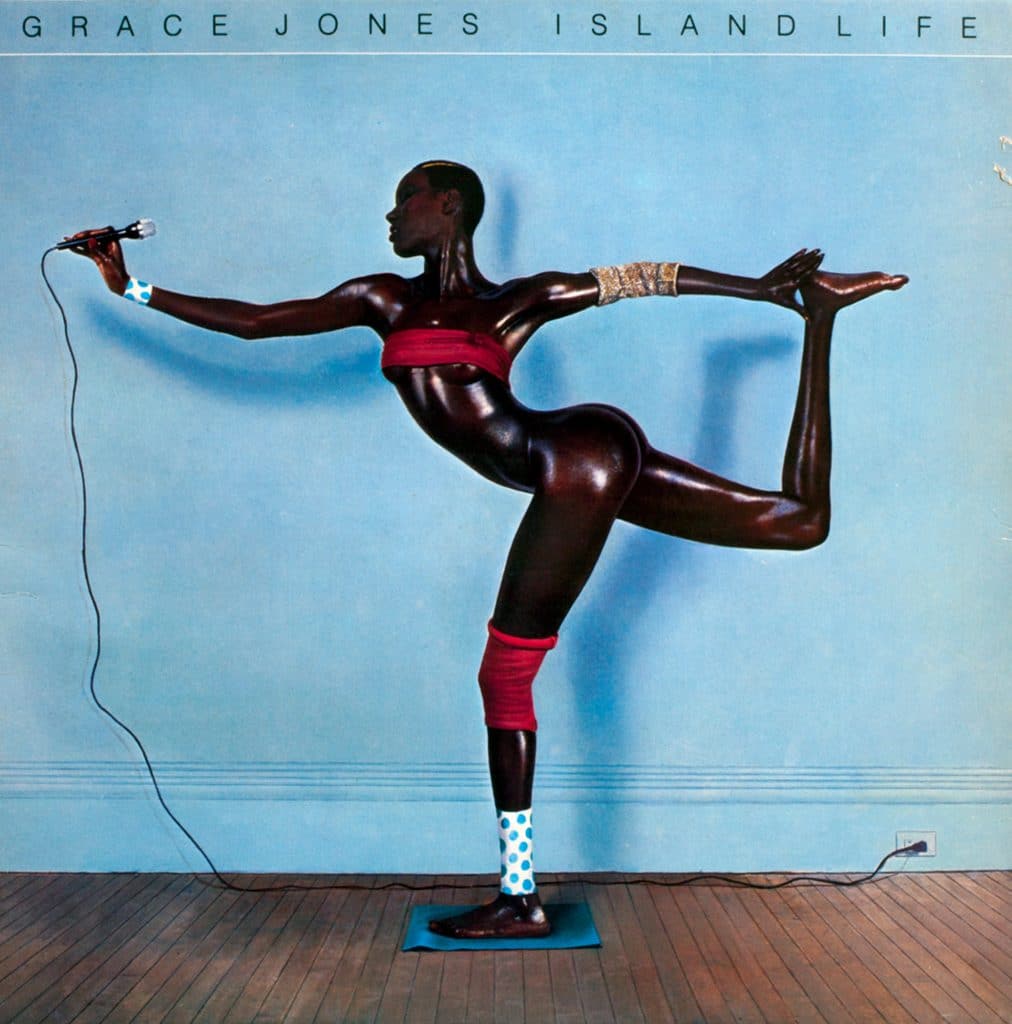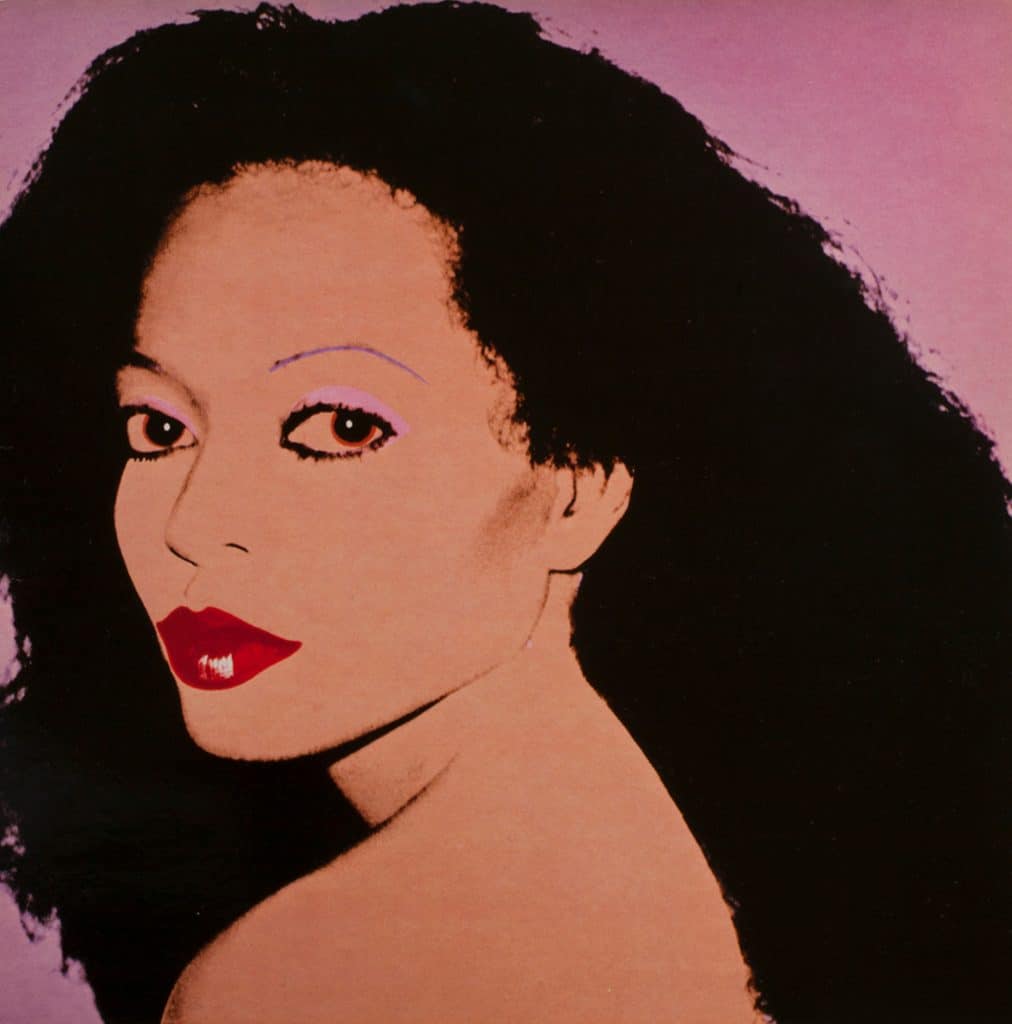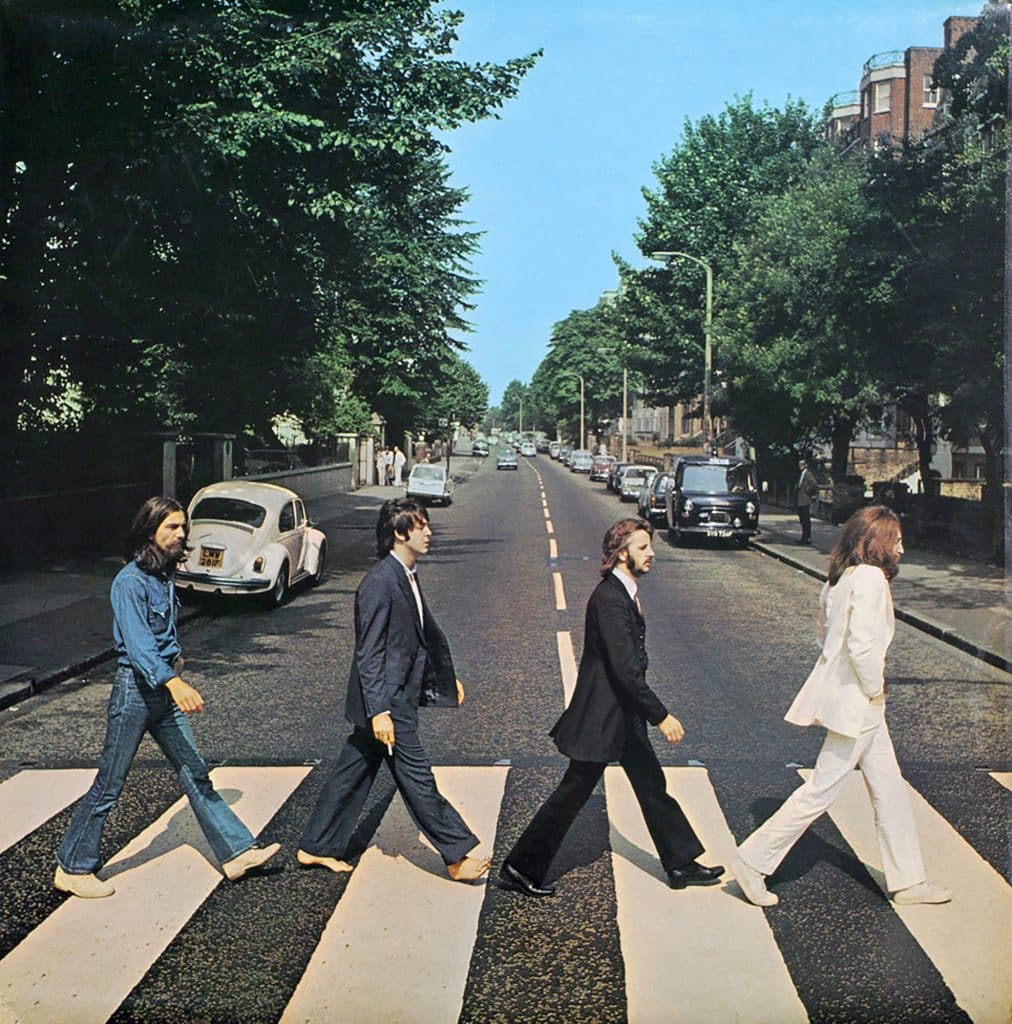Buying an album in the Olden Days was a shot in the dark. Nearly all the time you were buying the record on trust – you might have heard one or two songs on the radio or TV or live but that was about it. There was no Spotify, no YouTube, no Radio Garden. You paid your money and took your chances.
Then you’d get on the bus and take the album home, and before you even listened to the music, you’d pore over the cover. You’d look at the pictures, the track listing, the names of the band, the lyrics, everything. It was the main source of information. The photographs and illustrations would set the scene, would create a mood and take you to an emotional space which you would enter when the needle hit the vinyl.
That’s what this exhibition is all about, the diverse moods, emotions that can be created by photography. It’s an exhibition that encompasses the more recent history of photography and it is organised along lines that link to art, sex, protest, portraiture, propaganda, and advertising. Because ultimately, the photographs on show are there both to sell a product, and create a product.
It’s an exhibition that is about the pleasure of vinyl, the pleasure of music, and the pleasure of photography and it is most enjoyable. The first wall you see when you enter the exhibition space is a greatest hit selection of great album covers that gives an overview of the diverse ways in which photography has been used and abused to sell music.
It’s a visual amuse bouche featuring images by Jurgen Teller (Everything but the Girl), Guy Bourdin (Boz Scaggs), Irving Penn (Miles Davis) , and Robert Mapplethorpe (Patti Smith).
It’s sex and domesticity mixed in with fetish and notions of authenticity. This is especially true of Penn’s portrait of Miles Davis, a full face portrait of the man lit from above, the light falling off at the edges of the frame as Davis stares out over us. Flip it over and there he is again, this time with eyes shut, hands covering his face, lips pursed.
There are more portraits especially of Blues and Jazz musicians as you move around the room. Lee Friedlander’s brilliant portraits include another of Davis mid-performance, the intensity and depth of creative emotion writ large across his face, Friedlander’s freewheeling, improvisational style finding the perfect subject.
More portraits come from Francis Wolff, in particular his introspective portrait of John Coltrane, an image where you visually enter the soul of the man, you go to the place where the music comes from.
Other labels achieve that same end by showing a broader view of the world. Yazoo records used social documentary images of depressed neighbourhoods, of run-down streets and beat up houses; the communities that channel the mood of the era, the world that made the music Riverside released.
There are albums where great photography is used to match the branding of the band. William Eggleston, Helen Levitt, and William Klein all feature, but Anders Petersen’s image of Lily and Rose from Café Lehmitz on the cover of Tom Waits’ “Rain Dogs” is a different level.
If photography can be about the idea of the real self, it can also invent a new self and that’s what we get with the section dedicated to David Bowie, a sequence of picture discs featuring Bowie as his persona moves from Ziggy Stardust to Aladdin Sane to the Thin White Duke.
Photography can also be used to create a fantasy self. Prince is portrayed by Jean-Baptiste Mondino in full gender-busting sex-dwarf mode complete with phallic lily accompanying, whilst Grace Jones become a sci-fi Amazon with metallic skin thanks to Jean-Paul Goude’s manipulation.
There are covers by photographers who are best-known for their music photography with Pennie Smith’s brilliant picture of Paul Simenon smashing his guitar gracing the cover of The Clash’s London Calling (as well as being a homage to the Elvis Presley album).
This is a photograph and an album of its time, and it’s interesting to see how decades and musical genres capture the visual and musical moods of the time. There is the consumption of the 1980s, the anger of the 1970s, the sex and self-discovery of the 1960s.
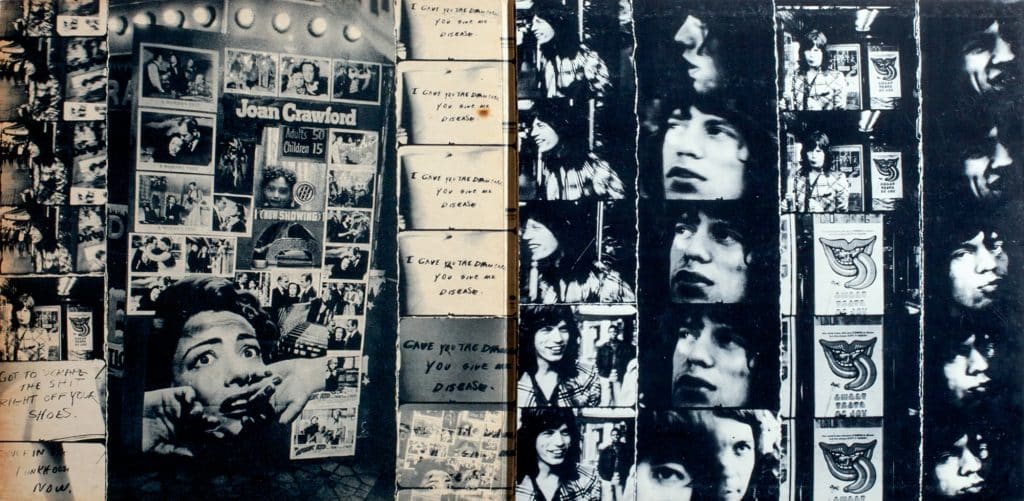
There are protest photographs to go with protest albums. Castro giving his speeches, albums dedicated to the Paris riots of 1968, and images of the Black Power Salute at the 1968 Olympics. And Malcolm Browne’s devastating picture of a monk emolating himself in Saigon.
More burning men come courtesy of Pink Floyd’s “Wish You were here”, designed by Hipgnosis, a design group that brought a discomfiting surrealism to album covers that were a perfect match for the music that lay within. Design leads the photography here, with no credits for the photographer; they are merely part of the design process.
The range of photography on display is broad-ranging, and its use can be precise or opportunistic. Artists like Joseph Beuys and Robert Rauschenberg get a look in, the former with an edition of 99. The best album-artist collaboration is Andy Warhol’s banana screenprint for The Velvet Underground, a blend where music, art, commerce, and the dysfunction of Warhol’s factory gets its perfect expression.
The exhibition was packed when I visited. It shows that intelligent photography is interesting for a general audience. Perhaps people are looking at photographs by Penn, Mapplethorpe, Petersen, and Penn because they are framed in a way that makes the looking all about visual pleasure. The other galleries in the space were not quite so busy and perhaps not so accessible. Pain and hard work, you sometimes feel, are deliberately intended to be part of the process.
It’s an exhibition that is defined by the musical and collecting tastes of Antoine de Beaupré. But at the end there’s a board where you can write down a note on what should have been in – Brian Griffin’s socialist realist tinged covers for Depeche Mode get a mention, as does Chalkie Davies and his cutout image for the Specials first album, 4AD records gets a mention. But maybe I’d go for Dear Prudence by Siouxsie and the Banshees with a 1931 picture by Tamura Sakae. But that’s a single so doesn’t count. And there’s your next exhibition.
”For the Record: Photography & the Art of the Album Cover” will be on display at The Photographers’ Gallery, London until 12 June 2022.

